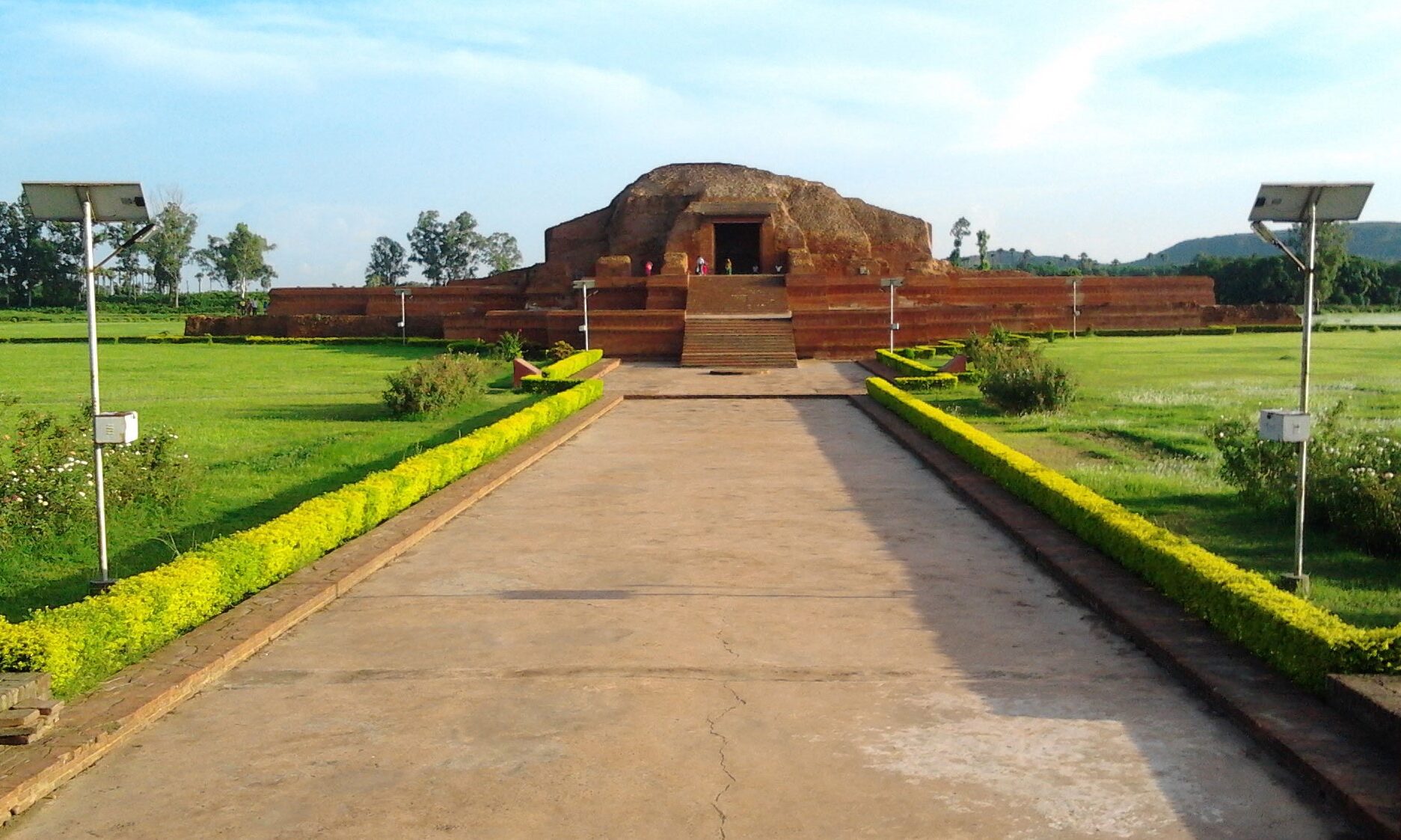Each year, during the holy month of Shrawan during Monsoon, devotees in many states undertake Kanwar Yatra to collect water from the Ganga and other rivers and offer it at the temples of Lord Shiva in major pilgrim centers.
Group of Kanwarias in DeogharBaidyanath Nagri Deoghar is an important Hindu pilgrimage site. It is one of the twelve Jyotirlingas and one of the 51 Shaktipeeths, and is famous for the fair of Shravan, the fourth month according to the Hindu calendar system. It is one of the few places in India where Jyotirlinga and Shaktipeeth are situated next to each other.
Kanwarias on their way to BabadhamShravani Mela starts in the month of July and ends in August. The importance of Baba Dham increases in the month of Shravan. During this, Lakhs of devotees come to Baba Baidyanath Dham for holy darshan. It is the longest religious fair in the world. In the month of Sawan in Baidyanath Nagri Deoghar, ther…



















